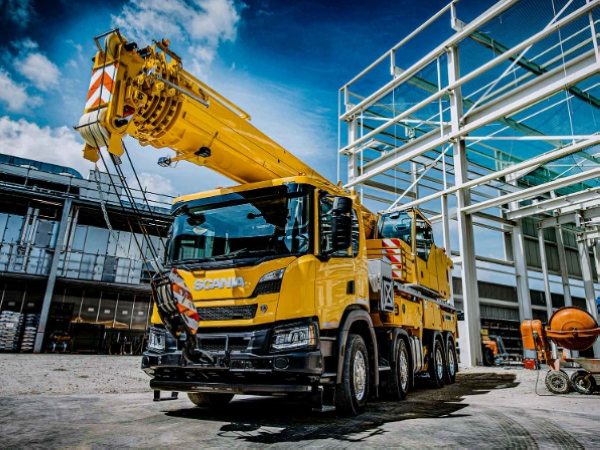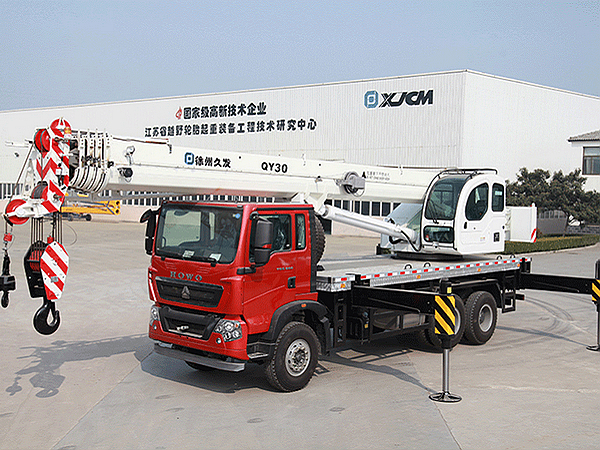Wire rope, as a key component of lifting machinery, its procurement may be easy, but maintenance is a fine art. Improper use will not only significantly reduce the service life of the wire rope, more likely to directly lead to its early retirement. In the daily use of wire rope, a series of problems may quietly emerge.

Reel and pulley damage
With the continuous operation of the rope, the rope groove will gradually wear out, its diameter decreases accordingly, and the shape of the groove becomes deeper and narrower. Indentations may appear on the diameter and bottom surface of the pulley grooves, and the pulleys themselves may suffer severe wear. In addition, if the rope groove is not cleaned properly, the accumulation of grease, dirt and other impurities, will also lead to damage to the wire rope, and even trigger the phenomenon of jumping groove.
Countermeasures: Regularly check the wear and rotation flexibility of hooks, rings, pulley grooves and other fragile parts, and take appropriate measures as soon as any abnormality is found. When replacing the wire rope, the diameter of the sheave groove should be carefully evaluated to ensure that it is larger than the actual diameter of the new wire rope, in order to cope with the diameter reduction caused by the wear of the groove. If the diameter of the sheave is smaller than the diameter of the new wire rope, it will seriously affect the service life of the wire rope.
Direct connection installation of new and old wire rope
If the new wire rope through the old wire rope into the system, the two joints are often welded connection, which will be the old wire rope through the pulley system to transfer the internal stress of the new wire rope, serious damage to the new rope.
Countermeasures: the use of China claw to connect the old and new wire rope. The Chinese claw consists of a tube made of twisted strands, which is pulled through the end of the wire rope and then wrapped with tape or wire to protect it. Under load, the Chinese claw will fix the rope tail due to friction. For co-twisted wire ropes, simple snapping of the Chinese claw should be avoided and tape should be used to wrap the entire rope to increase friction.
Flattening of wire rope on the reel
The lower wire rope on the reel may be flattened under the pressure of the upper wire rope, which is mainly due to the wire rope on the reel is not tight enough winding. Especially in the case of continuous operation, high working frequency, lifting operation with vibration, the luffing wire rope is more likely to appear this phenomenon.
Countermeasures: It is important to keep the wire rope tightly wound on the reel. In order to avoid the luffing wire rope being flattened, it should be operated in a long time when the jib operation is not carried out, in order to pull the wire rope tightly.
Wire rope spooling phenomenon
Wire rope may be rolled after a period of time, which is mainly due to the excessive accumulation of internal stress. Incorrect operation methods, such as diagonal pulling, overloading, abnormal friction, rapid rise and stop, etc., will accelerate the increase of internal stress.
Countermeasures: Once the wire rope is found to roll, measures should be taken immediately to release the internal stress. For the short section of coiling wire rope, you can remove the rope head, straighten the wire rope and lay the ground to release stress after reinstallation. For the long section of coiling wire rope, according to the direction of coiling to rotate the fixed end to correct the phenomenon of coiling.

Maintenance of wire rope is a systematic project, the need for regular inspection, timely detection and resolution of problems. Through scientific and reasonable maintenance, not only can extend the service life of the wire rope, but also to ensure the safe operation of lifting machinery. Therefore, it is recommended that the relevant operators strictly abide by the wire rope maintenance specification to ensure the safety and efficiency of each lifting operation. At the same time, the enterprise should also strengthen the training of operators to improve their professional skills and safety awareness, and work together to ensure safe production.
2021-06-27
2021-09-30
2021-01-13
2021-01-14
2021-12-31
2021-08-10
2021-12-14
2021-01-15